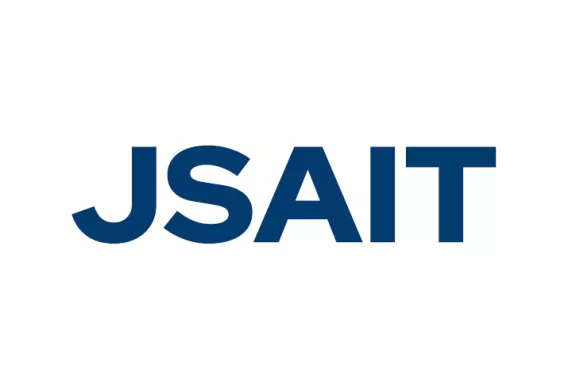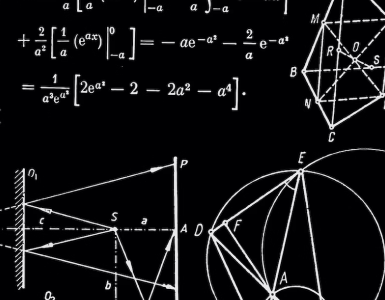
To support the fast growth of IoT and cyber physical systems, as well as the advent of 6G, there is a need for communication and networking models that enable more efficient modes for machine-type communications. This calls for a departure from the assumptions of classical communication theoretic problem formulations as well as the traditional network layers. This new communication paradigm is referred to as goal or task oriented communication, or in a broader sense, is part of the emerging area of semantic communications. Over the past decade, there have been a number of approaches towards novel performance metrics, starting from measures of timeliness such as the Age of Information (AoI), Query Age of Information (QAoI), to those that capture goal oriented nature, tracking or control performance such as Quality of Information (QoI), Value of Information (VoI) and Age of Incorrect Information (AoII), moving toward to more sophisticated end-to-end distortion metrics (e.g. MSE), ML performance, or human perception of the reproduced data, and the application of finite-blocklength information theory in the context of the remote monitoring of stochastic processes, and real-time control. We invite original papers that contribute to the fundamentals, as well as the applications of semantic metrics, and protocols that use them, in IoT or automation scenarios.
